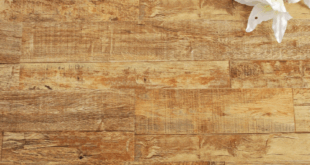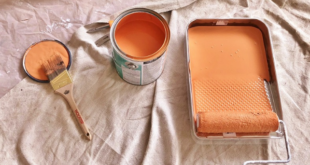Deciding which underlay to use is a big decision for making your new carpet or laminate flooring last longer.
This article, from Underlay4u will explain which features and properties to look out for when fitting new underlay in your home. We provide an overview of which properties are important when fitting into different rooms.
Note that the stairs are one of the most important areas for choosing the right flooring products. We will explain why this is towards the end of the article.
Finally, we will give you some pointers for when you want to renovate your whole house and whether you can use the same products right through your home.
So, let’s dive in, starting with the bedroom and lounge.
Fitting the Bedroom & Lounge Underlay
The bedroom is one of those rooms that you may want to feel cosy and warm.
Therefore, choosing a product with a high tog rating will help achieve this outcome.
Usually a tog-rating between 2.7 and 3.2 will be enough to hold the warmth in your bedroom, especially during the winter.
Another property that will help with comfort is the thickness of the underlay. It’s common for a thickness of 11mm plus, to be fitted in areas of relaxation across the home.
Often you can fit the same products in the lounge and bedroom, so if you are upgrading both rooms and want to make a slight saving, you may wish to consider buying for both rooms at the same time.
One final consideration is the sound reduction properties. For example, if you have children bouncing round the home, likely you will want to reduce the impact sound reduction from upstairs. In this case, you will want to choose a high reduction underlay, measured in decibels.
A popular choice in apartment blocks is to choose a high density, rubber underlay which has excellent sound reduction properties, the highest being 46 decibels.
Fitting in the Kitchen
The kitchen is a room, which could be fitted with one of many different types of flooring. From Luxury Vinyl Tiles (LVT) to underfloor heating and ceramic tiles, a good protective layer can have a lasting impact on the outcome of your kitchen floor.
If you’re fitting underfloor heating with laminate or wood flooring in your kitchen, you will want to choose an underlayment product which has very low tog ratings.
A tog rating of anything below 0.4 will be great for allowing the heat to go up towards your feet.
Alternatively, if you’re simply fitting luxury vinyl tiles then its possible that you don’t need underlay but check this with the manufacturer’s guidelines before laying the tiles.
Often the kitchen has a concrete floor, so if you’re fitting laminate flooring but skipping on the underfloor heating, then choose a slightly thicker product of around 5mm. That way you will hold in the warmth while allowing the laminate boards to rest on the concrete floor sufficiently.
Protecting the Hallway & Stairs with high density underlay
The hallway and stairs are parts of the home which receive the most ‘thudding’ – also known as foot traffic.
For any new flooring to withstand the additional foot traffic in these areas, you will want to purchase an underlay which has a high density but is thinner than that in the lounge or bedroom. For example, a thickness of under 10mm is normal for use on the stairs.
If you go thicker than 10mm on the stairs, it becomes difficult to fit over the individual steps and create a clean finish.
Opting for a high density choice in the hallway and stairs will help your carpet to withstand the additional use for longer. What’s more, the extra density is a positive if you are placing heavy furniture in these areas too.
All Rounders
As you can see, different properties work best in different areas of the house. Not to worry though, because it is possible to buy the same product for use in all areas of the home. It will only work if you’re having the same top flooring though, e.g. carpet or laminate/wood throughout.
If you’re fitting carpet and wish for all the floors to be the same height or run directly through the doorways without a door threshold, you will want to choose a product that is under 11mm and has a medium to high density.
Remember you won’t achieve the same levels of comfort in the bedroom or lounge when choosing these properties. However, you are likely to save money by choosing a single product because some suppliers cap their delivery charges after a certain threshold.
So, whether you upgrade one room or all the rooms in your house, you can now be sure to choose the right underlay for the right rooms.
 Homeowners Club If you are one of the 15 million homeowners in the UK, the free to join online Homeowners Club is for you.
Homeowners Club If you are one of the 15 million homeowners in the UK, the free to join online Homeowners Club is for you.








